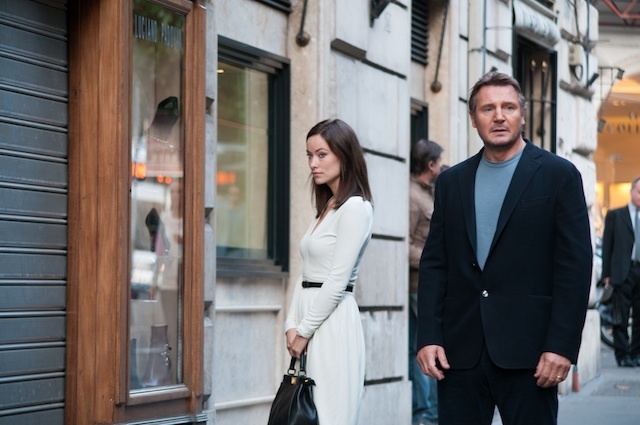Film Review: Third Person
Paul Haggis Explores The Audacity Of Despair In Morose, Muddled Anthology


Olivia Wilde? God
Latest Article|September 3, 2020|Free
::Making Grown Men Cry Since 1992


Olivia Wilde? God